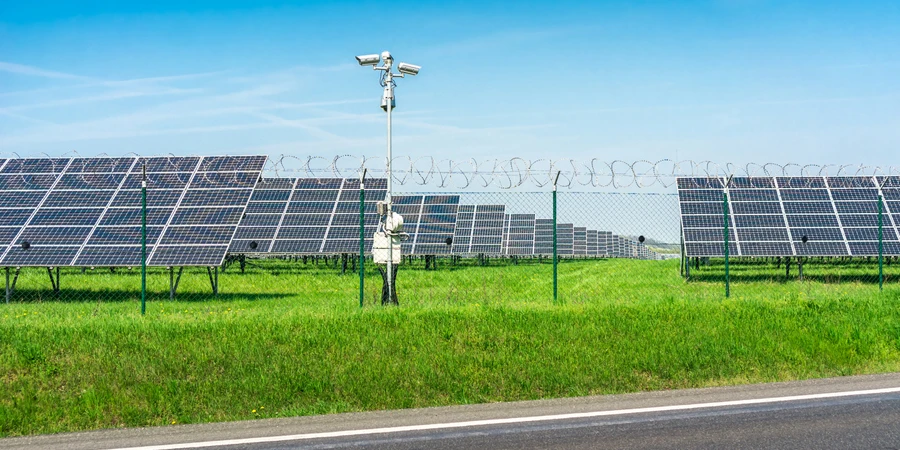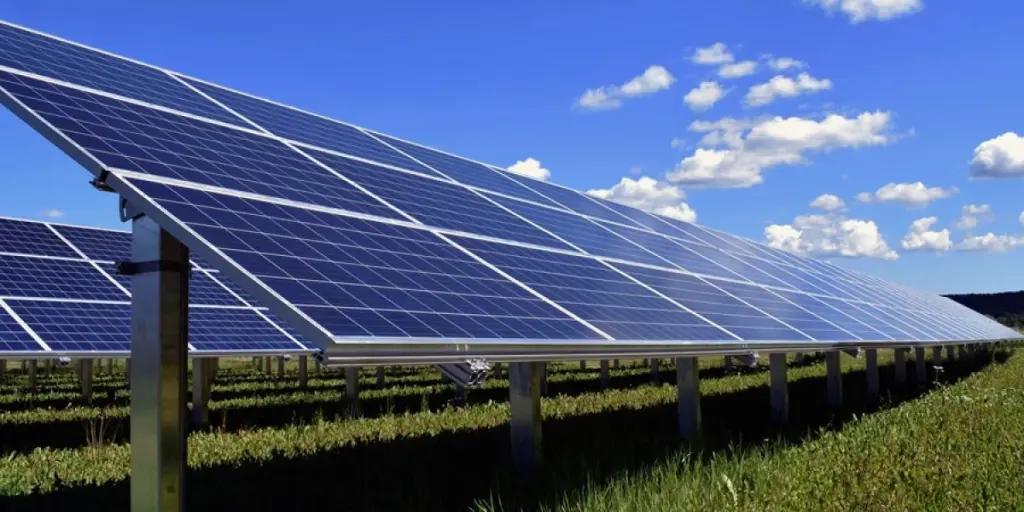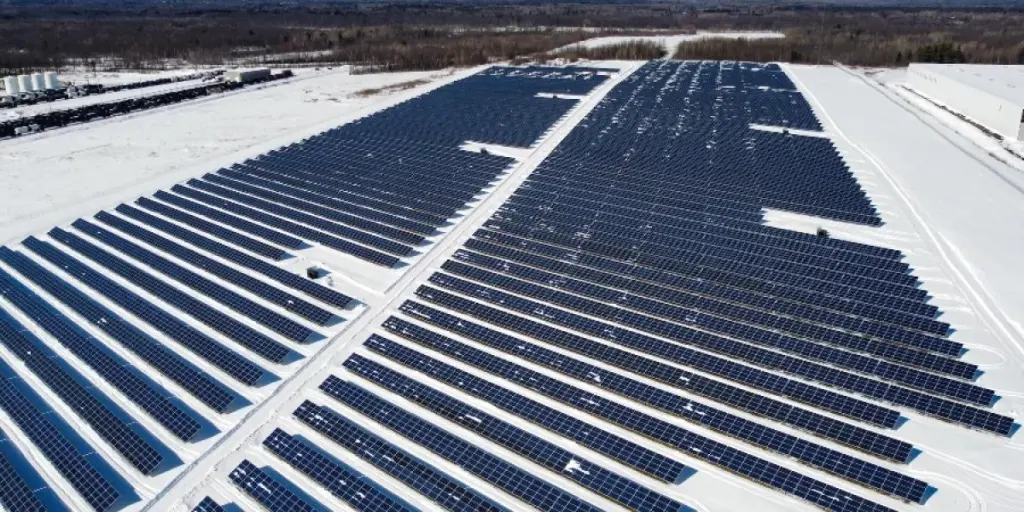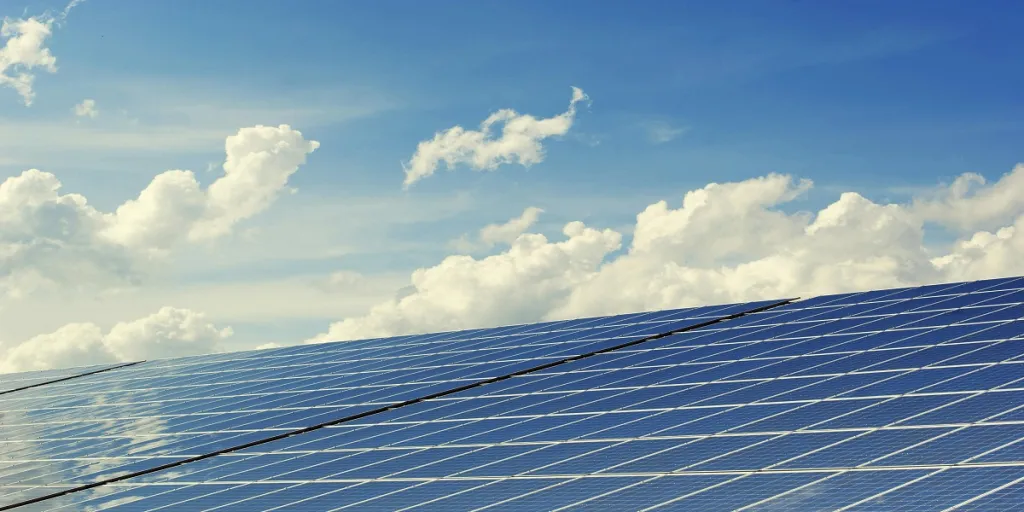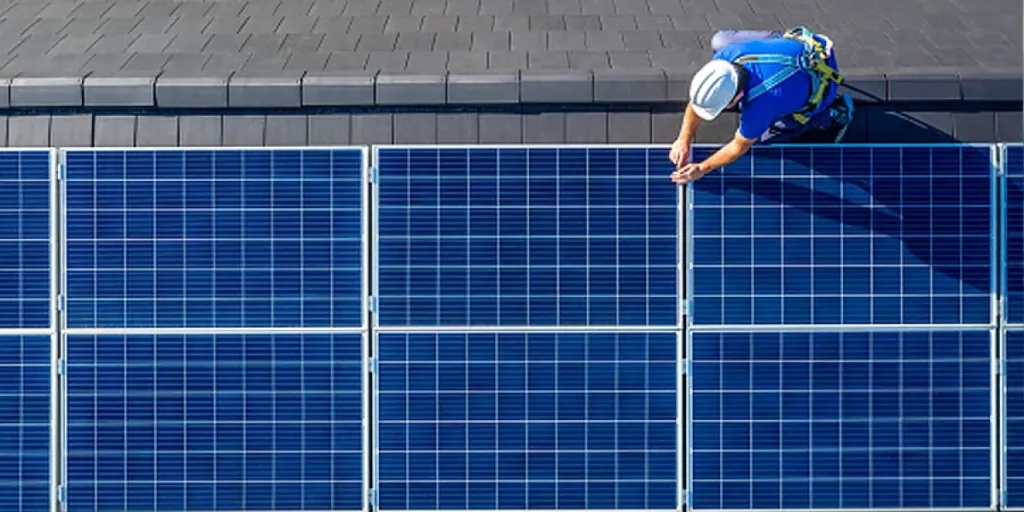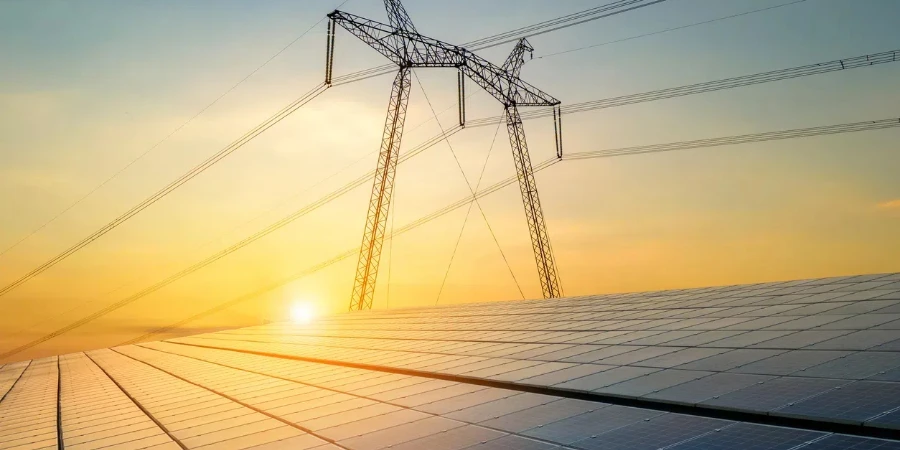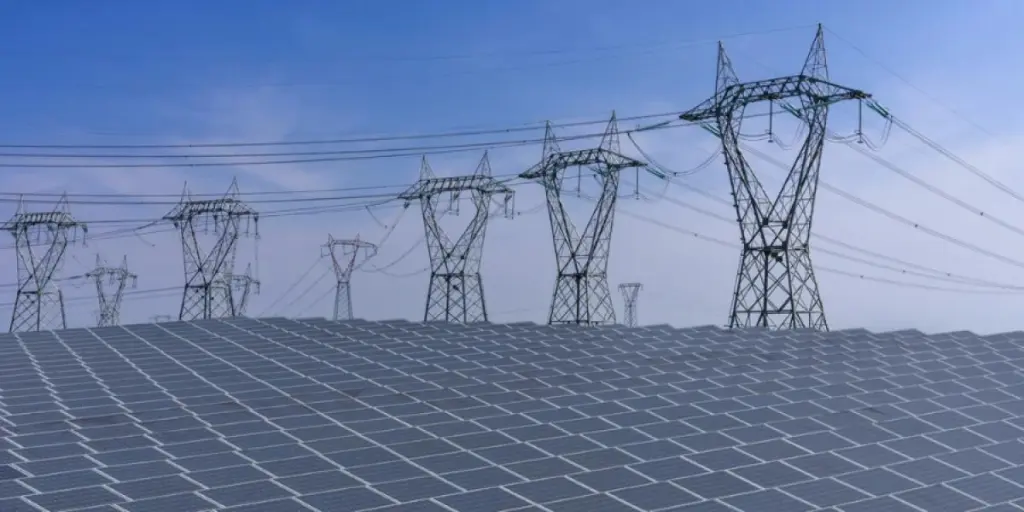National Energy Independence Strategy For A Fully Energy-Independent Country By 2050
Key Takeaways
- Lithuania’s Parliament has given its nod for the country’s updated NEIS
- It targets to become climate-neutral and achieve energy independence by 2050
- Wind is dominant in the scheme of things, followed by solar energy
Seimas, the Lithuanian Parliament, has adopted the country’s updated National Energy Independence Strategy (NEIS) that targets to achieve full energy independence by 2050. Under the strategy, Lithuania aims to produce energy for its own needs and export the same as well.
The strategy was originally adopted in 2012 and its revised version was adopted in 2018.
According to the Lithuanian Ministry of Energy, the latest updated version has 4 main following objectives:
- to ensure a secure and reliable supply of energy to all consumers
- to achieve 100% climate-neutral energy for Lithuania and the region
- to transition to an electricity economy and develop a high value-added energy industry, and
- to ensure the accessibility of energy resources for consumers.
Lithuania expects its electricity consumption to increase more than 6-fold by 2050, up from the current demand of 12 TWh to a projected 74 TWh.
By 2050, the country will aim for 100% climate-neutral energy. Green hydrogen production is a big focus in the strategy to decarbonize local industry and for export purposes.
To reach there, it sees the potential to add 5.9 GW of onshore and offshore wind energy, 4.1 GW of solar energy, 1.5 GW of battery projects, and 1.3 GW of electrolysis plants among others, by 2030. This also includes investing in the Harmony electricity link with Poland and its 1st hydrogen pipeline.
By 2050, the potential onshore and offshore wind power plant capacity is 14.5 GW, while that of solar power plants is 9 GW and battery parks 4 GW.
The share of renewable energy sources in 2022 accounted for 29.62% of the total energy consumption in 2022. By 2030, the NEIS estimates increasing this share to 55%, scaling it up to 85% in 2040, eventually reaching 95% in 2050.
The details about the NEIS 2050 are available on the Energy Ministry’s website.
At the end of 2023, Lithuania’s total operational renewable energy capacity stood at over 2.78 GW, comprising 1.16 GW of solar PV, according to the International Renewable Energy Agency (IRENA).
Source from Taiyang News
Disclaimer: The information set forth above is provided by Taiyang News independently of Alibaba.com. Alibaba.com makes no representation and warranties as to the quality and reliability of the seller and products. Alibaba.com expressly disclaims any liability for breaches pertaining to the copyright of content.

